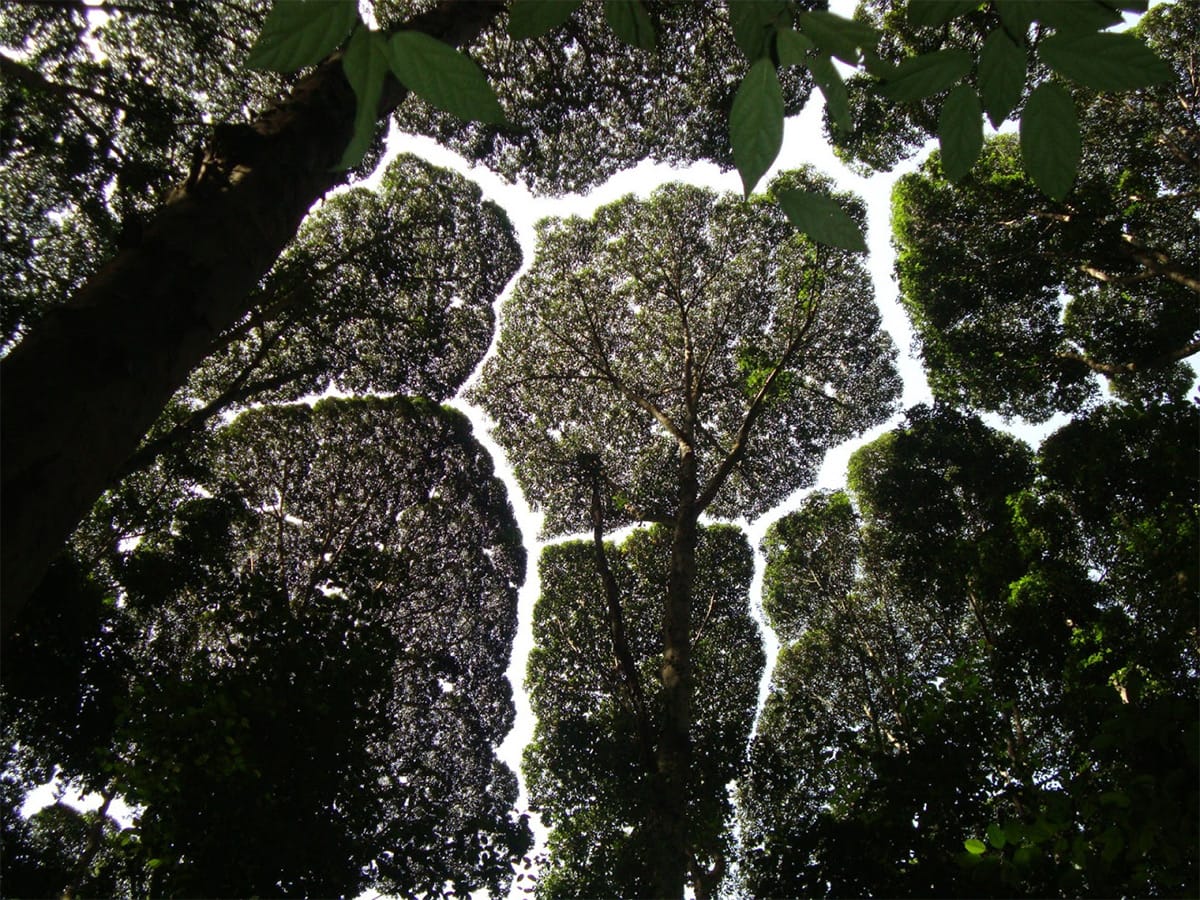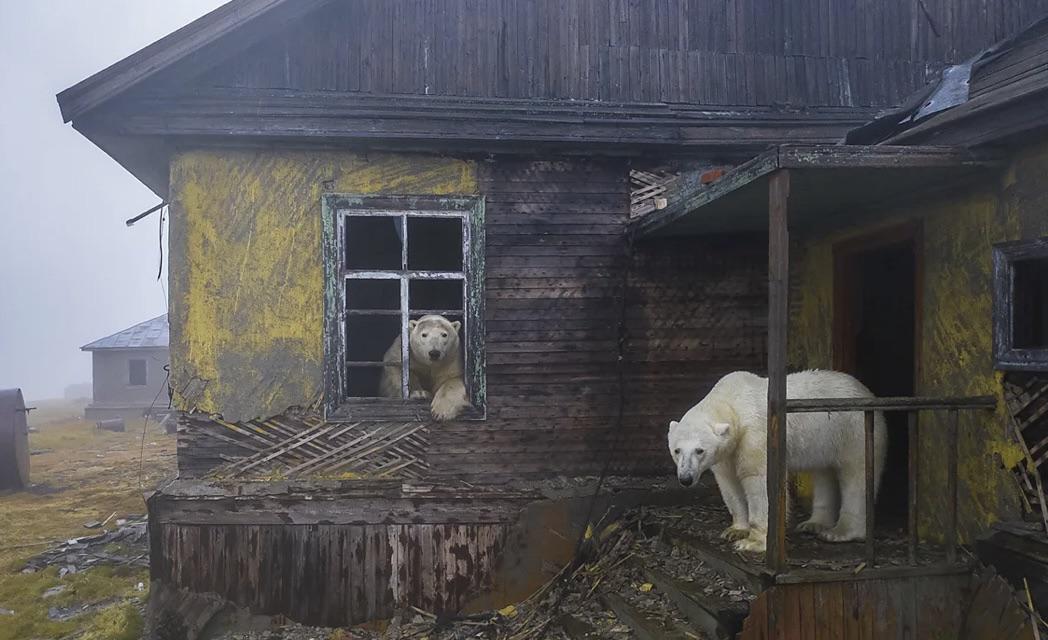In the middle of a dense forest, if you look up, you might notice something unexpectedly beautiful. The trees, tall and full of life, reach toward the sky—but not quite toward each other. Their canopies, instead of forming a continuous ceiling, leave delicate gaps between them, creating intricate, vein-like patterns of sky between leaves. It’s as if the trees are respecting each other’s personal space.
This gentle, almost poetic behavior is known as crown shyness—a fascinating and little-understood phenomenon where the uppermost branches of trees avoid touching their neighbors. The result is a natural masterpiece, etched across the sky in the quiet spaces between green.
Crown shyness has been observed for over a century, and yet it still holds a veil of mystery. It occurs in certain tree species around the world—most notably in eucalyptus, black mangrove, and some species of pine and tropical dry forest trees. But not all trees do it, and scientists still don’t fully agree on why it happens.
Several theories have been proposed over the years, and each one adds a new layer of fascination to the story.
One theory suggests that crown shyness is a way for trees to protect themselves from damage. When branches from neighboring trees rub against each other in strong winds, it can lead to wounds, broken limbs, and disease. By keeping a little distance, the trees may reduce the risk of physical harm—like neighbors putting up invisible fences.
Another possibility is competition for sunlight. Trees need light to survive, and it’s thought that crown shyness might be a strategy to maximize light exposure by spacing out their leaves rather than overlapping. It’s less about conflict and more about cooperation—sharing the sky in a way that benefits all.
There’s also a theory that involves growth inhibitors—chemical signals that trees might release to slow down the expansion of nearby branches, subtly telling each other, this is my space.
Regardless of the reason, one thing is clear: the result is visually breathtaking.
Crown shyness doesn’t just look beautiful—it’s also a reminder of the complex, thoughtful ways in which nature organizes itself. These trees aren’t just growing randomly or wildly. They’re responding to their environment, to each other, and to the challenges of space and survival.
When we walk through a forest and look up at those lace-like patterns in the canopy, it’s easy to feel like we’re witnessing something almost sacred. A quiet agreement between ancient beings. A kind of forest etiquette.
Some people describe it as the trees “dancing” with one another, or tracing invisible lines in the sky like stained glass. Others see it as a metaphor for healthy boundaries—a natural example of living in harmony without overlapping too much.
Crown shyness can be spotted in forests across the world, especially where the right species and conditions come together. It’s been documented in parts of Australia, Southeast Asia, Central and South America, and even in some areas of North America and Europe.
But because it’s a phenomenon that happens high above our heads, many people pass through forests without ever noticing it. Sometimes, all it takes is one moment—one glance upward—to see an entire world you didn’t know was there.
In a world that often feels loud, crowded, and rushed, there’s something deeply comforting about crown shyness. These trees, ancient and quiet, remind us that life doesn’t always need to push or collide. That there is grace in boundaries. Beauty in restraint. And that even in silence, nature is always communicating.
Next time you find yourself under a canopy of trees, take a moment. Look up. You might just witness the sky itself framed by the unspoken language of trees—a quiet masterpiece painted in shadows and light.
In the forest, even distance can be an act of connection.








